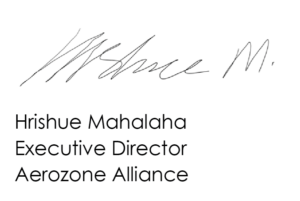
Playing with Legos
Last weekend, my son and I were playing with Legos, when something that was written on the Lego box caught my eye. Lego describes itself as “A System In Play.” That seems like a fascinating way for a toy company to describe itself. To satisfy my curiosity, I googled the history on Lego and was amazed by the ethos of the company.
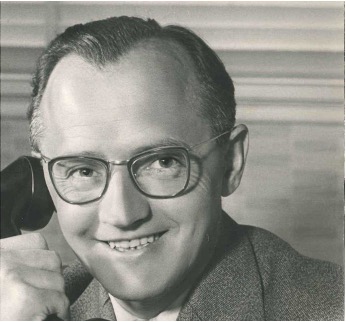
In 1957, the Second-Generation owner, Godtfred Kirk Christiansen, took over the company. Godtfred was feeling frustrated with the state of the toys industry, where he saw the toys in the market largely being singular in their utility. He aspired to create a toy that would provide the building blocks that could be used by the creator to express her own breadth of imagination.
His vision for the Lego System was as follows:
The LEGO System means that: all elements fit together, can be used in multiple ways, can be built together. This means that bricks bought years ago will fit perfectly with bricks bought in the future… It means that a LEGO element not only has instant value, but will keep its value always… We will always make sure that all bricks – from yesterday, today, and tomorrow – fit together.
How interesting it is that a toy company could completely transform the way in which it saw its role in a market.
I am particularly fascinated by this story because I believe that we can apply the Lego principals of System development to reimagine the Aerozone Alliance. By applying the following 3 Lego principles, we could create tremendous value for the Aerozone District.
(1) Establishing Common Expectations
Lego does a great job of immediately conveying what it is that their customer is getting in terms of immediate and long-term value. Just look at the box. (See Exhibit A. Visualize exactly what the end product will look like: A rocket ship!; it is for creators age 7 and older.)
I imagine that the Aerozone Alliance’s value proposition needs to be similarly explicit. Who could and should find value in our existence? Who would miss us if we were to disappear tomorrow? Why should anyone reach out to us? What value can they expect from us? This year, we will better articulate answers to these very critical questions. To assist in answering these questions, we have retained the services of a local marketing strategy firm called MUSE.
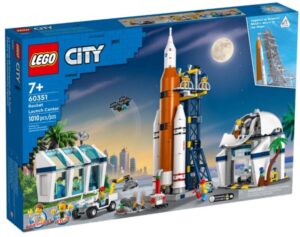
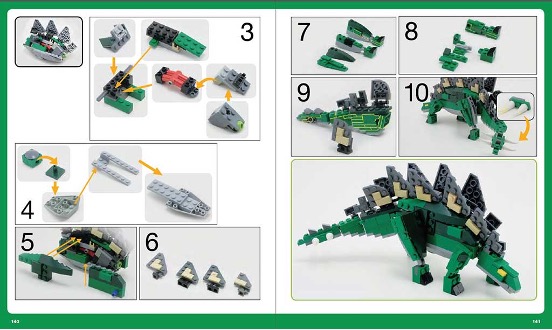
(2) Focus and Enablement
Lego’s instructional manuals are beautiful in their visual clarity. Regardless of which country the creator resides in or what language they speak, the creator will be easily able to follow the instructions on how to build the object that is on the box. At the same time, however, the unique beauty of a product like Lego is that in no way is the creator limited to the instructions provided. They can very easily add their own flare to their creation as they best see fit.
At the Aerozone Alliance, we need to create a similar degree of clarity for our key stakeholders (our businesses, communities, job seekers, anchor partners, etc.). Too often we find that our businesses do not fully understand how to navigate local, state, and federal ecology of programming.
The reality is that a lean organization like ours will never be able to address these many disparate issues that our stakeholders face. As such, we must have a simultaneously dual approach: (1) Focus: We do need explicit lanes of focus where we will unequivocally deliver value. (2) Enable: We need to convey more effectively where the various ‘building block’ services reside in Northeast Ohio and beyond. By doing this, we would enable our stakeholder to better connect with support as and when the support is needed.
(3) An Evolving Collective
“We will always make sure that all bricks – from yesterday, today, and tomorrow – fit together.” When I read this line, I think about ways in which we can apply this concept at the Aerozone.
How did Lego grow from early simple construction designs that utilized a few dozen pieces, to designs that requires several thousand pieces? Lego’s answer: They evolved relentlessly!
Lego’s spirit of innovation can be seen in the simplicity of its product, Duplo, to the very complex and mechanically and digitally integrated product line of Technic.
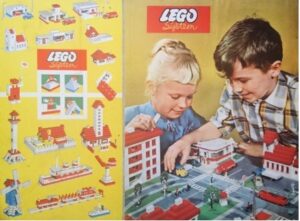
And by establishing a common framework for how the blocks are designed and produced, Lego has established a timeless System that keeps building on the strength of its previous developments.
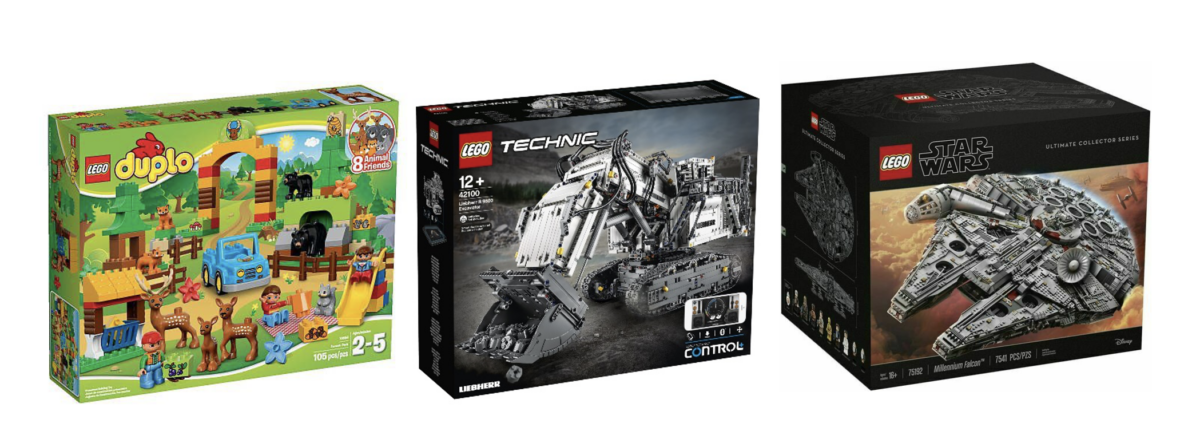
So, what can we the Aerozone learn here?
We, too, need a better and a more comprehensive System. We, too, must commit to continuous improvement and evolution. In coordination with our Alliance partners, we will define our processes, we will judiciously measure our progress, we will pinpoint our challenges, we will develop targeted solutions, and we will continually pilot and test our theories. And we will keep iterating on every element of our service.
Furthermore, we will develop our capabilities in a manner that allows agencies to more easily connect with our businesses in the district to support their growth, and to connect that growth with Northeast Ohio citizens so that they can attain greater prosperity.
We will let the members of our Alliance and the stakeholders we serve guide us on where our services need to evolve.
We recognize that there is no ‘finish line’ in the journey of this evolution.
